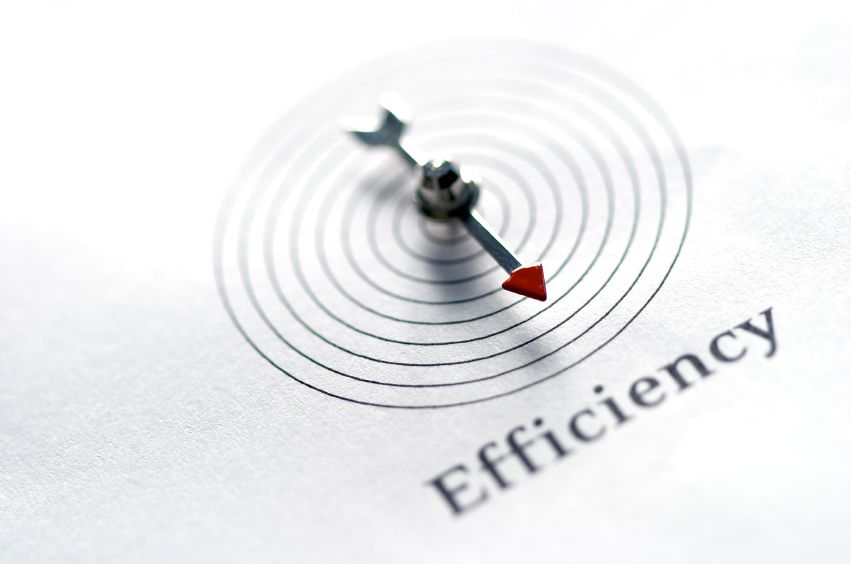Joe Romm draws attention to some extremely interesting thoughts from Glenn English, head of the National Rural Electric Cooperative Association. NRECA represents 900-plus small, not-for-profit, typically coal-based utilities in the Midwest. We tend to think all coal utilities are after more free allowance allocations under a cap-and-trade system, but as Climate Wire (sub req) reports, last week English said that …
… “the basis for a deal” on climate would not revolve so much around allowances, but around whether people in coal-dependent regions would get enough help with efficiency retrofits on homes so they can manage potential electricity spikes.
These are words of wisdom, the words of a man whose primary concerns are his region and his people rather than profit. I have no idea how widespread English’s view is among coal utility execs — probably rare indeed among the for-profit set — but I choose to take great heart from it.
Here’s the truth English has grasped: it is better to give people efficiency than to give them cheaper electricity.
Given free allowances, utilities are likely to do one of two things: keep the profit and raise electricity rates anyway (as economists fear), or use it to keep rates down (as economists fear). The former scenario is bad for obvious reasons, but the latter is a more subtle danger. Holding down rates will mute the carbon price signal for dirty electricity — meaning other forms of carbon (gas, heating oil, etc.) will have to rise in price disproportionately to make up the difference. Neither option serves the purpose of cost-effectively reducing emissions or protecting consumers.
Money invested in efficiency is a different matter: Electricity rates still go up, preserving the price signal, but electricity bills go down, because consumers use less. Here’s the thing: even if ratepayers end the month with the same total out-of-pocket expenses (paying the same rate for the same amount of electricity, or paying a higher rate for less electricity), the two investments are not equivalent.
- Relying on carbon revenue to hold rates down ties ratepayers’ fate to the whims of utility execs, public utility commissions, and politicians. At any time, utilities could pocket more profits; at any time, politicians could change their approach to emission allocation. Efficiency savings, in contrast, are reliable and intrinsically local. Every reduction in demand pays back not just once but on every future electricity bill. Once the investment is paid off it effectively creates a permanent value stream. That value is controlled by, and belongs to, property owners. By lowering their energy demand, they increase their independence from distant powerbrokers.
- Holding down electricity rate increases can help ratepayers tread water, but efficiency investments raise property value. They add value to a region’s infrastructure and boost its economic competitiveness. What’s more needed in America right now than a program that staves off foreclosures by raising property values, not with financial gimmicks but with real upgrades in building stock?
- Using carbon revenue to hold rates down will not affect rising demand; sooner or later, new generation will be needed, and new power plants are a huge incremental capital investment. Using the revenue for efficiency, by contrast, prevents the need for those new power plant investments. Amortized over time, the avoided costs of those new power plants make a dollar of efficiency go farther than a dollar of rate assistance.
In short, efficiency investment has all sorts of social advantages, multiplier effects, and system-of-system benefits that rate assistance doesn’t.
Finally, there’s good reason to believe, especially in coal-dependent areas, which tend to have the least efficiency building stock, that efficiency savings can easily exceed the rise in rates that a carbon cap will generate. That means consumers will take money they used to spend on energy and spend it on something else — and as it happens, a dollar spent spent on energy and a dollar spent elsewhere are not equivalent:
- Money spent on energy almost always leaves a community, while money spent on other goods is more likely to stay in the community.
- The energy sector has extremely low labor intensity; much spending on energy is simple scarcity rent. Dollars spent on energy create very few jobs relative to dollars spent on … almost anything else, but again, especially efficiency. Money spent on non-energy goods and services creates somewhere between two to seven times as many jobs as money spent on energy. (See Skip Laitner at ACEEE on this.)
Even if we keep overall consumer spending level, then, it’s better for that spending to go to non-energy sectors than to energy sectors. Efficiency shifts spending out of energy.
So, to wrap it up: English is right: the most important thing a federal program can do to “keep consumers whole” while reducing emissions cost-effectively is to invest heavily in energy efficiency. This may be the first and last time I ever say this, but: listen to the coal guy!



